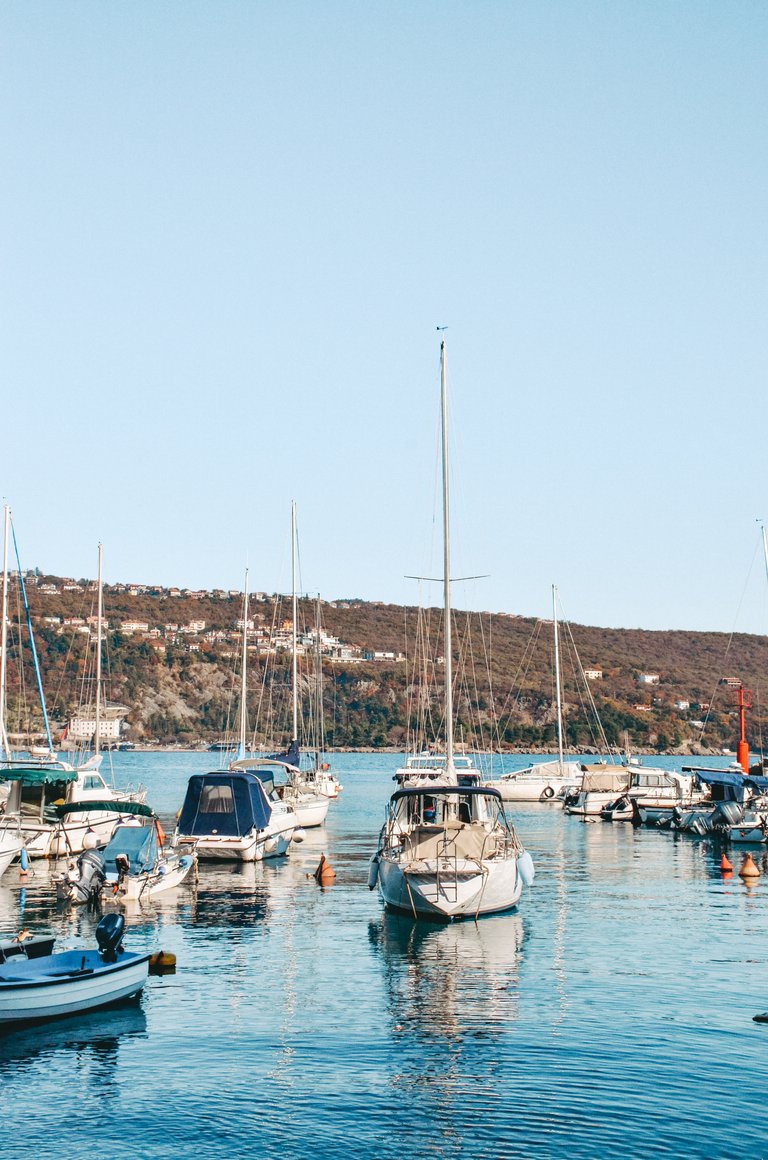According to the organization European Best Destinations, whose tourist portal has over six million visitors, Opatija-Volosko is one of Europe's most beautiful "hidden gems." European Best Destinations (EBD) is one of the leading independent tourism authorities, and Volosko was chosen for the prestigious list by a panel of travelers who chose from more than 280 destinations across the continent.
.jpg)
In a fishing village in Kvarner Bay, the true "heart of the sea" beats. Volosko is a must-see destination for restaurants serving delicious, fresh fish and seafood. As you walk the streets of Volosko, you will enjoy the welcoming and authentic atmosphere, as well as the magical experience of klapa songs, jazz music, and other cultural and artistic events.
.jpg)
Volosko was the district seat, an important trade port, and the administrative center of the area before Opatija became a tourist destination. Volosko has lost its significance, but not its enchantment as a picturesque fishing village, an inexhaustible source of inspiration for artists, a haven for those seeking peace in the narrow lanes of the old town, or a cup of coffee on the waterfront, in the unique atmosphere of the harbour. The view of the sea from Volosko's waterfront is quite unique: the entire Adriatic appears to open up to the south from here...
#pinmapple
.jpg)

The settlement was first mentioned in written sources in 1543, when Volosko was part of the Kastav estate, but its origins are unknown. A settlement grew up around the late Gothic church of St. Roka in the cemetery, which was first mentioned in 1570. The oldest part of the settlement is the core, which is built around a small port and houses warehouses for goods loaded on ships or shipped to Kastav. Volosko mentions travel writer J. W. Valvasor in the XVII. of his work The Glory of the Duchy of Carniola (1689).
.jpg)
.jpg)
It grew stronger during the French rule (1809–13), when Kastav lost its role as an administrative and judicial center with the new territorial administration, and its functions were gradually taken over by Volosko. In addition to fishing (tuna fishing) in Volosko at the time, maritime, shipbuilding, and trade developed, which influenced the settlement's stronger economic development in the nineteenth century.
.jpg)
.jpg)
.jpg)
Volosko is a romantic place where you can immerse yourself in a completely different time, the one that is only important to enjoy, with stone stairs, narrow streets, picturesque mandrakes, and delicious aromas from many restaurants.



Volosko is just not a good idea because of his history. If you simply want to enjoy the view of the sea and take walks along the coast, there is Lungomare, our most famous promenade that begins in Volosko and extends for 10 kilometers across Opatija to Lovran.
If, like me, you enjoy delicious and high-quality food, you could visit Volosko almost every weekend. This small fishing village is one of Croatia's top gourmet destinations.
The mystery surrounding the name Volosko
Even today, there is some debate about the origin of the name Volosko, which remains a mystery. There are several theories, but none have been proven. According to the Kastav theory, the residents of Kastav discovered that thieves unloaded stolen oxen (vol in croatian) and took them to slaughter in the village of Javoriki. Volovsko was the name given to the location where the oxen were unloaded, as well as the location where the Klan was slaughtered.


Another theory holds that the location was named after the ancient Slavic god Volos or Veles, who is the protector of land, water, and the underworld.
The third theory is centered on the mountain Učka, at the base of which Volosko is situated. The Italian word valle means valley, and Uka was sometimes referred to as Osca on old maps. As a result, Volosko refers to the valley beneath Učka.
.jpg)
.jpg)
Whether in the spring, summer, or winter, this adorable and beautiful location is well worth a visit and enjoyment.
.jpg)

.jpg)
“Thousands of candles can be lighted from a single candle, and the life of the candle will not be shortened. Happiness never decreases by being shared.” —Buddha
